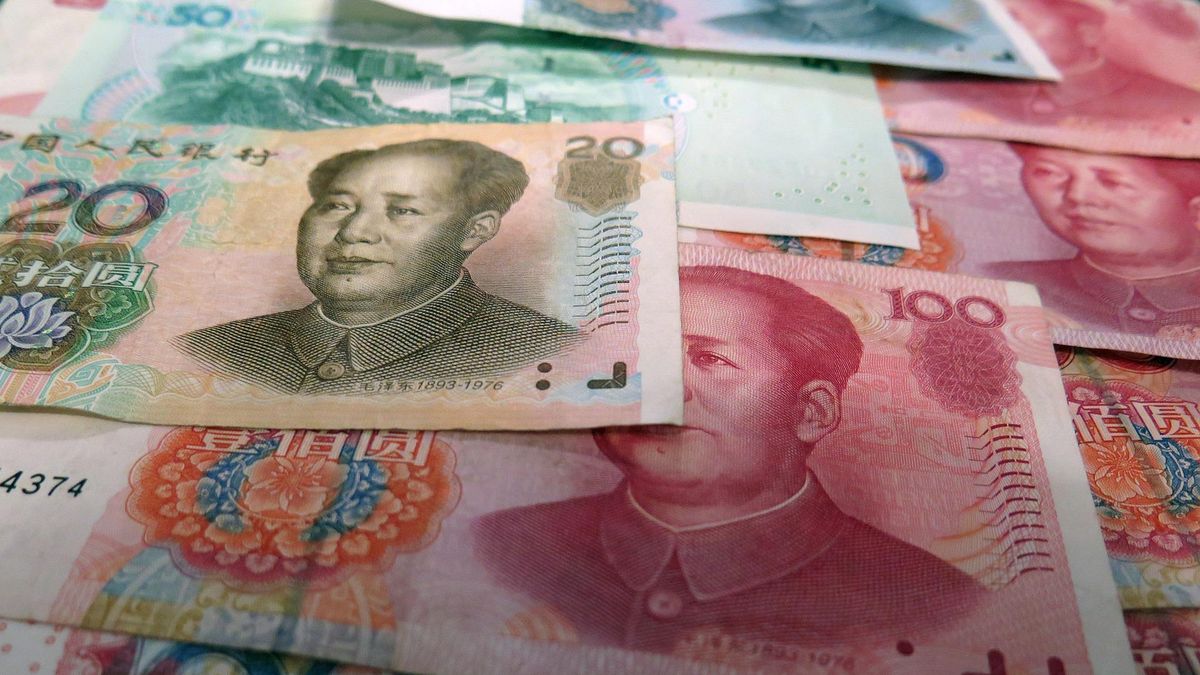But there is also another factor that is playing against the BCRA’s reserves: the depreciation of the yuan. In this regard, it should be remembered that the BCRA’s total stock of gross reserves barely exceeded US$36.6 billion in the middle of last week. But of that stock there is more than US$11.7 billion, which are reserve requirements for deposits in dollars, then there are approximately US$18.7 billion of swaps with China, another US$3.0 billion of swaps with other banks. and entities such as the BIS, just over US$1.3 billion from SEDESA and IMF disbursements not computable to reserves for more than US$1.1 billion, the rest are net reserves, less than US$800 million. To understand how urgent the situation is, these net foreign exchange barely cover two or three days of imports, when the accepted criterion, according to the so-called Guidotti-Greenspan rule, recommends having reserves for 5 to 7 months of imports. So the dependence of reserves on the fluctuations of the Chinese currency is a relevant factor. Suffice it to mention that it is estimated that approximately 80% of the fall in the stock of gross reserves so far this year corresponds to the devaluation of the yuan. It is that the yuan that had marked maximums in the fifth two months of 2020 above 7.11 units per dollar since then began to appreciate up to 6.31 units last March. In other words, between September-October 2020 and last March, the yuan appreciated by almost 13%. This had a favorable impact on the valuation of the stock of gross reserves of the BCRA.
But, from that moment on, that is, since last April, the yuan began to depreciate, for various reasons, including the slowdown in the level of activity in the Chinese economy, the problems in the Chinese real estate sector and, as if that were not enough, the resurgence of the coronavirus infections that imposed new blockades and closure of cities. Thus, the yuan fell against the dollar from 6.33 units, jumping to almost 6.79 in May. After a brief period of stability in August he returned to his old ways. In the middle of last month, the parity between the dollar and the yuan climbed to levels of 6.90. In other words, it depreciated by more than 9%, which negatively affected the stock of gross reserves of the BCRA, chaired by Miguel Pesce. And September doesn’t look any better. In recent days, the yuan continued to lose ground, reaching prices of more than 6.97 per dollar. These prices have not been seen since April 2020 and are typical of the global financial crisis of 2008. So in August the dollar against the yuan gained almost 3%, and so far in 2022 about 9%. As of today, because of the yuan, it is estimated that gross reserves have lost more than US$2.5 billion. One thing to keep in mind when monitoring reservations.
Source: Ambito
David William is a talented author who has made a name for himself in the world of writing. He is a professional author who writes on a wide range of topics, from general interest to opinion news. David is currently working as a writer at 24 hours worlds where he brings his unique perspective and in-depth research to his articles, making them both informative and engaging.




